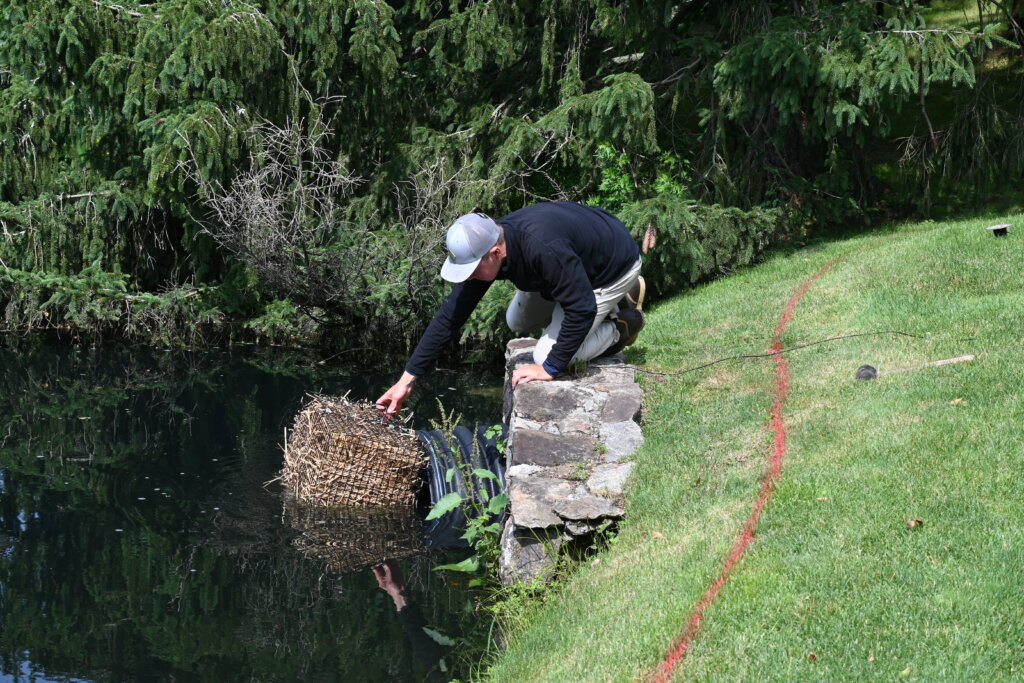In the 35 years since Audubon International was founded, the words “golf” and “sustainability” have come together to form a powerful and profitable goal for golf clubs of all kinds: public, municipal, private and resort-based. The golf industry is now an environmental stewardship leader, with thousands of courses implementing programs and practices that help sustain wildlife, save water, reduce chemical use and create spaces where people live, work and play in harmony with nature.
A course or club’s commitment to such stewardship efforts is also smart business. Indeed, planning and carrying out a comprehensive sustainability plan, preferably in partnership with a vetted and respected third-party organization like Audubon International, bolsters the bottom line in several ways while building important marketing skills, whether you’re looking to attract members, employees, or more customers.
In decades of experience working literally on the ground with golf clients to reach their sustainability goals and fulfill our requirements for certification in six key areas — Environmental Planning, Wildlife & Habitat Management, Outreach and Education, Chemical Use Reduction and Safety, Water Conservation, and Water Quality Management — we’ve seen them build those marketing muscles in myriad ways.
I’d like to share with you the top three that come into play at virtually every property.
ONE: REDUCING COSTS AND RETAINING STAFF
Implementing and certifying a sustainability plan also means efficient budget stewardship, including reduced costs in maintenance materials and practices — fewer chemical inputs, less fertilizer and pesticides, less water use, more native vegetation that requires far less maintenance — as well as savings in employee recruitment and retention.
One of our longtime private club partners, Fairview Country Club in Connecticut, has made huge strides in saving money on every front as it continues to build its sustainability bona fides in one of the nation’s biggest golf markets. It has reduced chemical inputs in its water features by 95%, which saves the membership about $15,000 per year. Establishing fine fescue areas to reduce irrigation and mowing requirements, as well as spot watering and rolling fairways, saves even more money and staff time. And speaking of staff, Golf and Grounds Superintendent Jim Pavonetti uses his environmental work as a way to recruit interns from big university programs. He’s not at a Top 100 Club,…
..
Click Here to Read the Full Original Article at Golf Inc Magazine…
